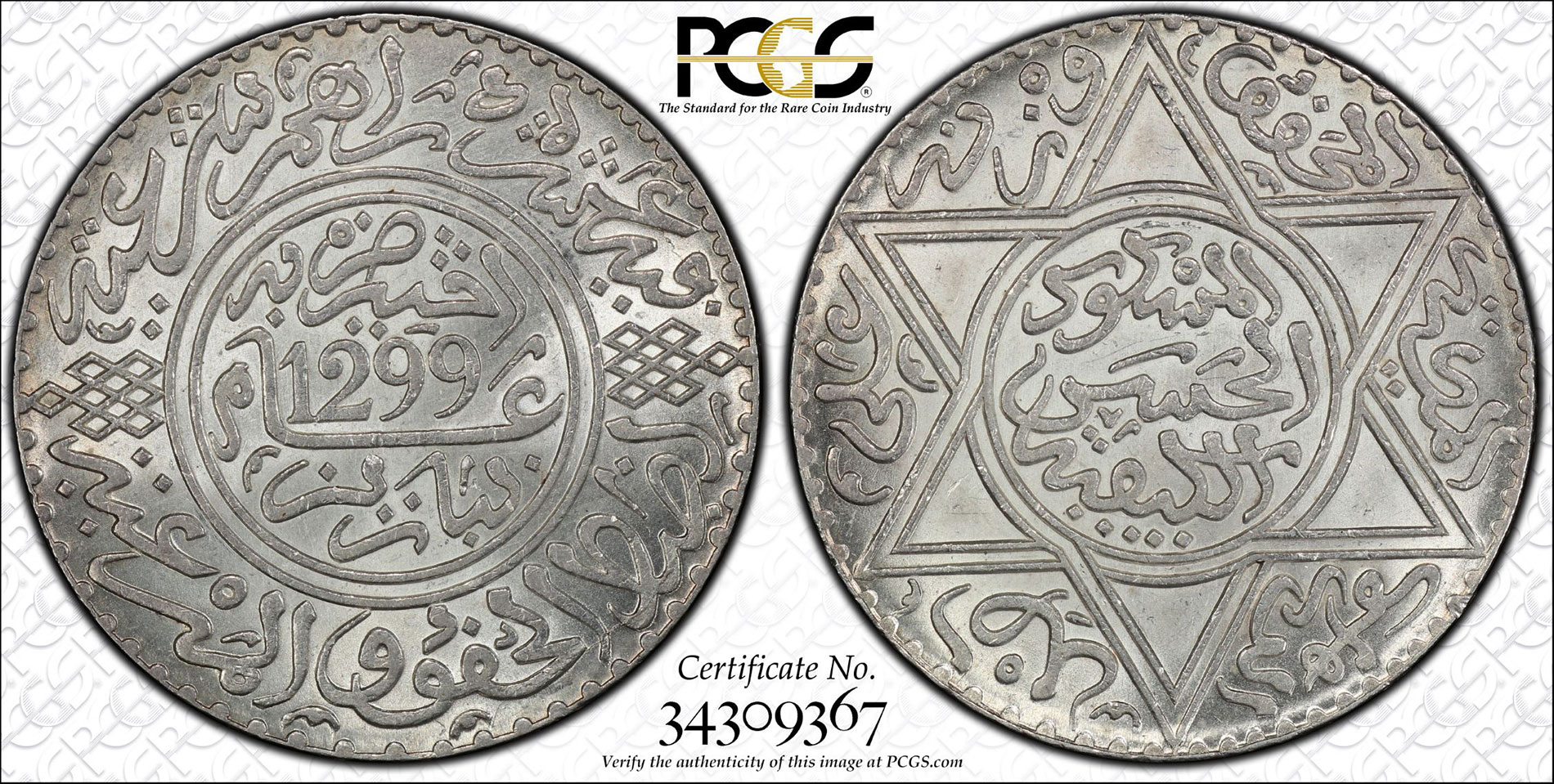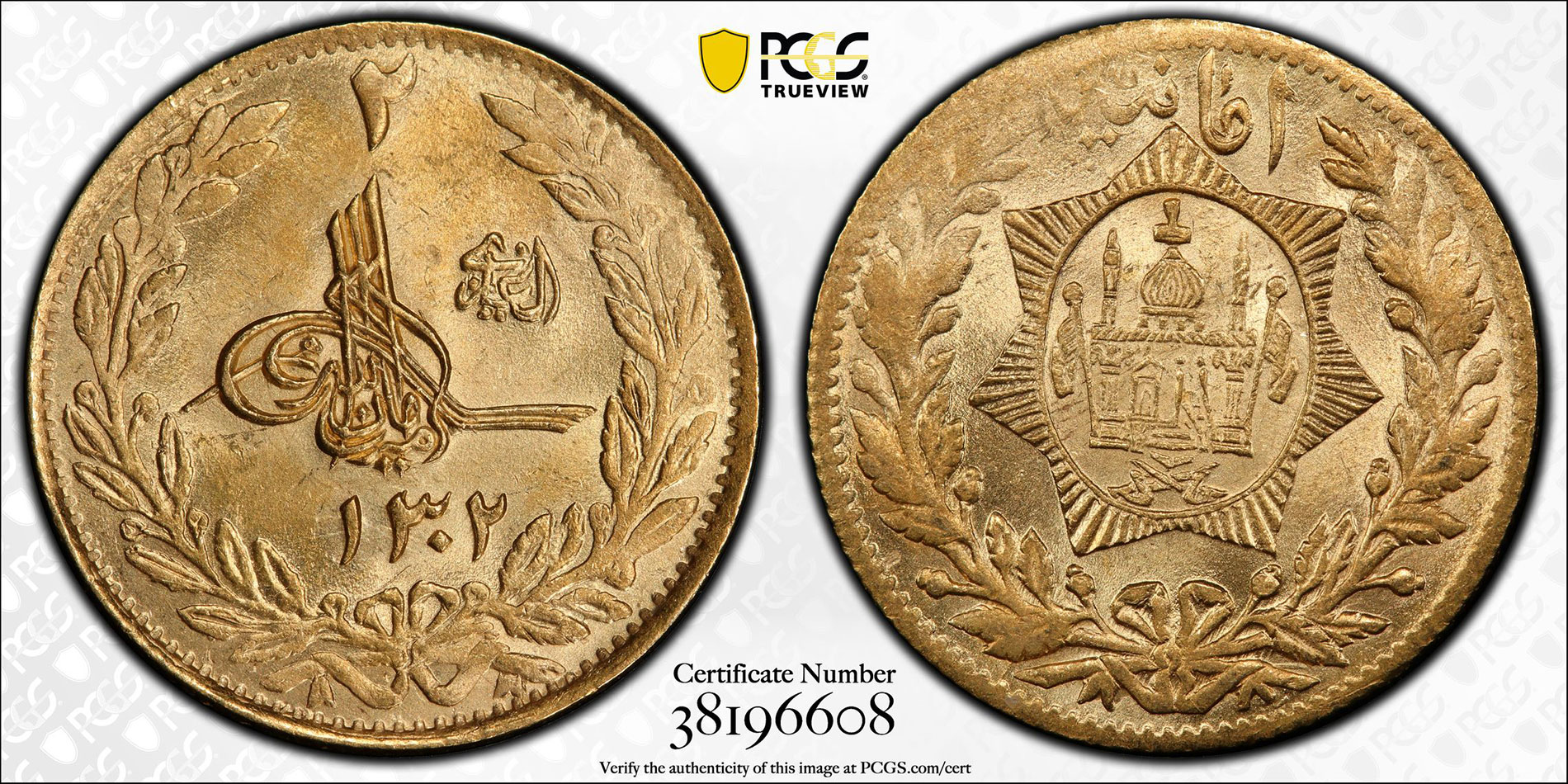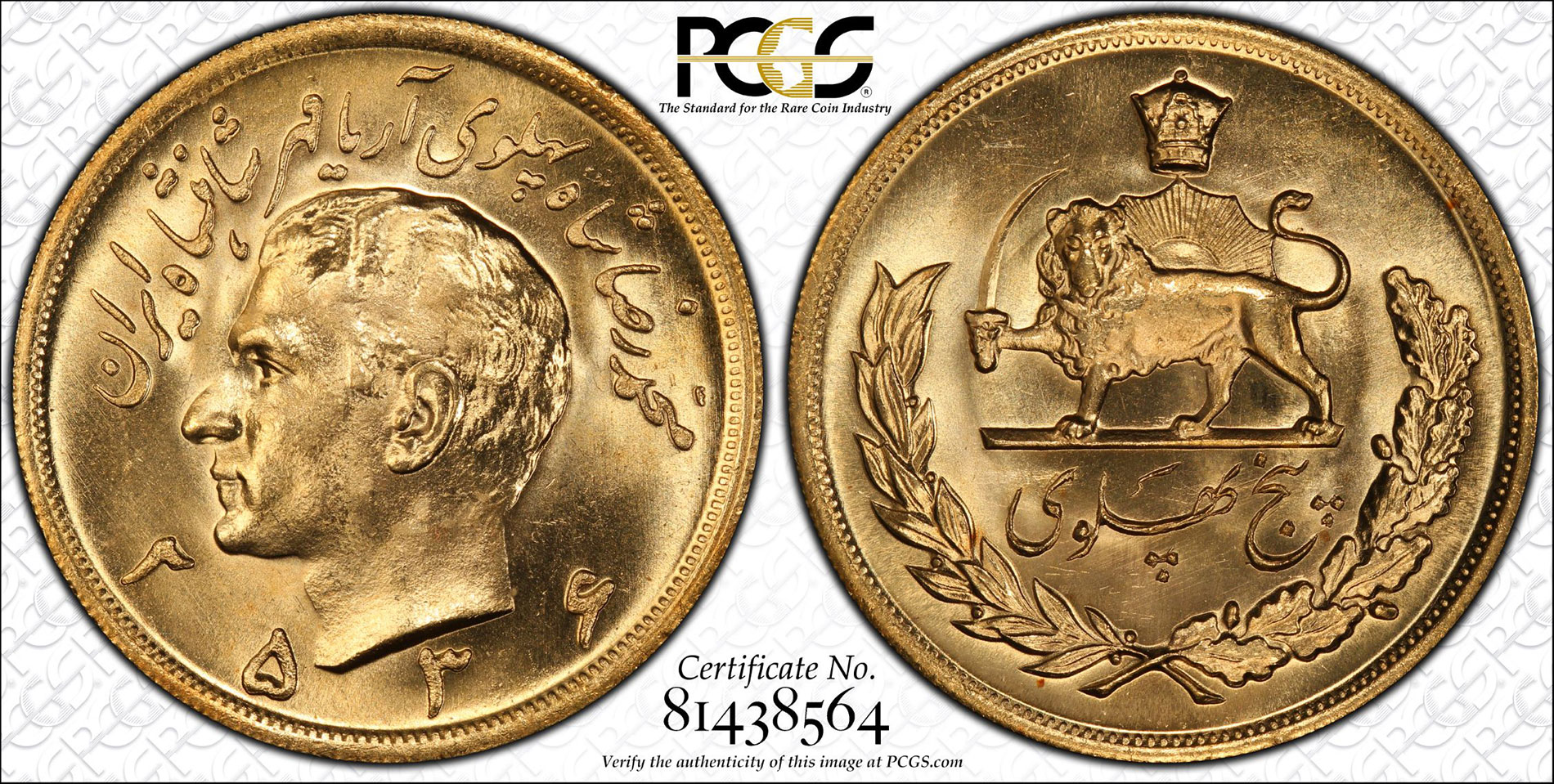By Jay Turner for PCGS ……

AH1299 (1882) 10 D Lec-188 Paris Morocco PCGS MS64
The Hijri Lunar Dating System
The Hijri lunar dating system is the second-most used calendar after the Common Era or Gregorian calendar.
Established with the first year corresponding to the year 622 CE (Common Era or AD), it is set to represent the year the prophet Muhammad, and his followers migrated from Mecca to Medina. This event, known as Hijra, is where the use of AH for “Anno Hegirae” or “in the year of Hijra” originates.
This lunar calendar is based on the cycles of the moon, with 12 lunar months and a year of 354 or 355 days. Because of this, direct conversion from AH coin dating to a CE coin date cannot be 100% accurate and is often estimated. Usually, the conversion is the AH date plus 622, which is usually accurate to within a year.

AH1321 (1903) 5 Misc LM-721 Y-19a.1 China-Sinkiang PCGS MS62
The AH coin dating system is found on coins of countries all over the world from Morocco to China. Complicating the conversion of the dating system for some countries, the additional information of a regnal year (a year designated by a king or his reign) has been added to some issues. This year represents the current year that the ruler has been in power.
In addition to this, some coins are issued with a frozen AH year, and only the regnal year changes. These coins can still easily be converted to Common Era dating by simply adding the regnal year to the frozen Hijri date and adding 622.
For most countries, modern coinage that still uses a Hijri date has an additional Common Era date added to the coins.
PCGS has updated our system over the last few years to add the additional coin dates on the label website information. For coins that have an AH date, we will note the AH date and the Common Era date conversion, for example, AH1322 (1904). With coins that have the additional regnal year, we will label them AH1223//21 (1827). With coins bearing joint dates, we will label them as AH1348-1929.
The Hijri Solar Dating System

SH1302 (1923) 2 Am Afghanistan PCGS MS64
The Solar Hijri system, or SH, is almost exclusively used in Iran and Afghanistan and their coinage. The system was developed by Omar Khayyam, a Persian mathematician, astronomer, and poet.
The Solar Hijri system is astronomically accurate year to year, in which a year has 12 months and 365 or 366 days. The difference being that the first six months of the year each have 31 days, the next five months have 30 days, and the final month will have 29 or 30 days depending on leap years.
Like the Lunar Hijri system, the start corresponds to Hijra, the year the Prophet Muhammad and his followers migrated from Mecca to Medina. Date conversion to the Common Era dating usually adds 621 to the SH date.

SH1323 (1944) 5 Rial Iran-Kingdom PCGS MS63

MS2536 (1977) 5-Pah Iran-Kingdom PCGS MS65
Afghanistan started using the Solar Hejira in AH1337 or 1919 CE, and the date now became SH1298. Iran first started using the SH dating for coins in AH1344 or 1925 CE. Iran under Shah Mohammad Reza Pahlavi changed the original date of the Solar Hejira calendar to the first year of the reign of Cyrus the Great. Under this new system, SH1355 became MS2535 or 1976 CE. This change was short-lived, and with the revolution in 1979, the calendar reverted to Solar Hijri.
As with the Lunar system, PCGS has updated our system to add the additional coin dates on the labels and website information. For coins that have an SH date, we will note the SH date and the Common Era date conversion, for example, SH1301 (1922). For coins that are dated under the MS date system, we will also add a Common Era conversion, such as MS2537 (1978). With coins bearing joint dates, we will label them as, say, SH1350-1971.
* * *






“Usually, the conversion is the AH date plus 622, which is usually accurate to within a year”. Simply not the case. Because the difference is roughly 11 days per year, the error adds up quickly over the centuries, increasing by one year for every 36 that passes. For example the current Hijri year is 1442. 1442 + 622 is 2064, a difference of 44 years! Even for very early Islamic coins, the simple addition of 622 will yield an error greater than one year. Fortunately, conversion calculators are readily available online.
Thank you for that clarification!